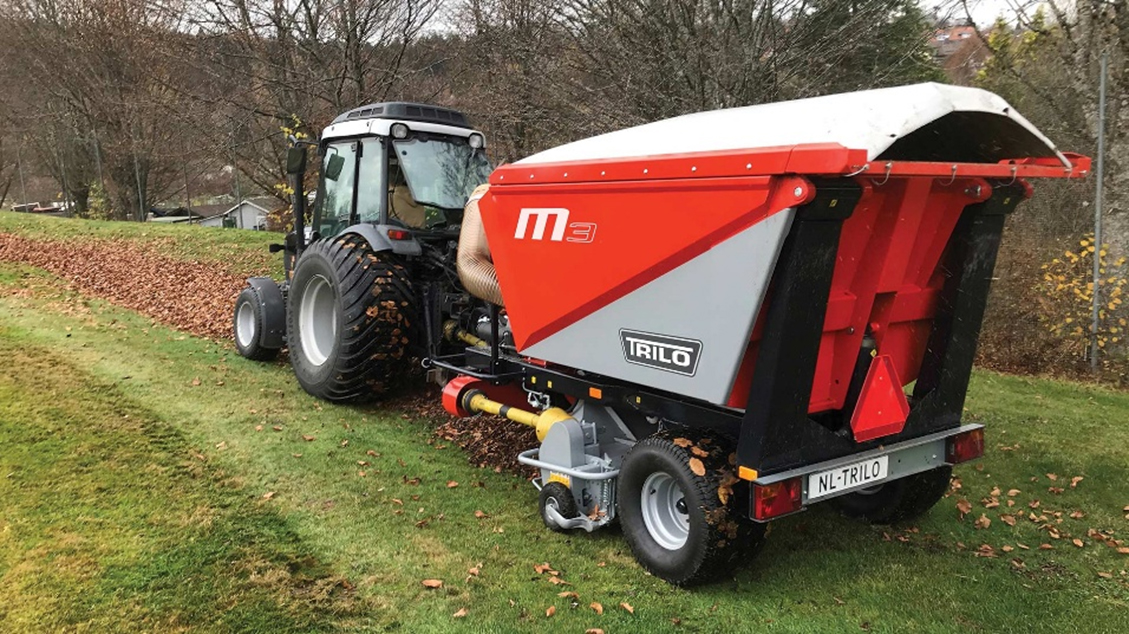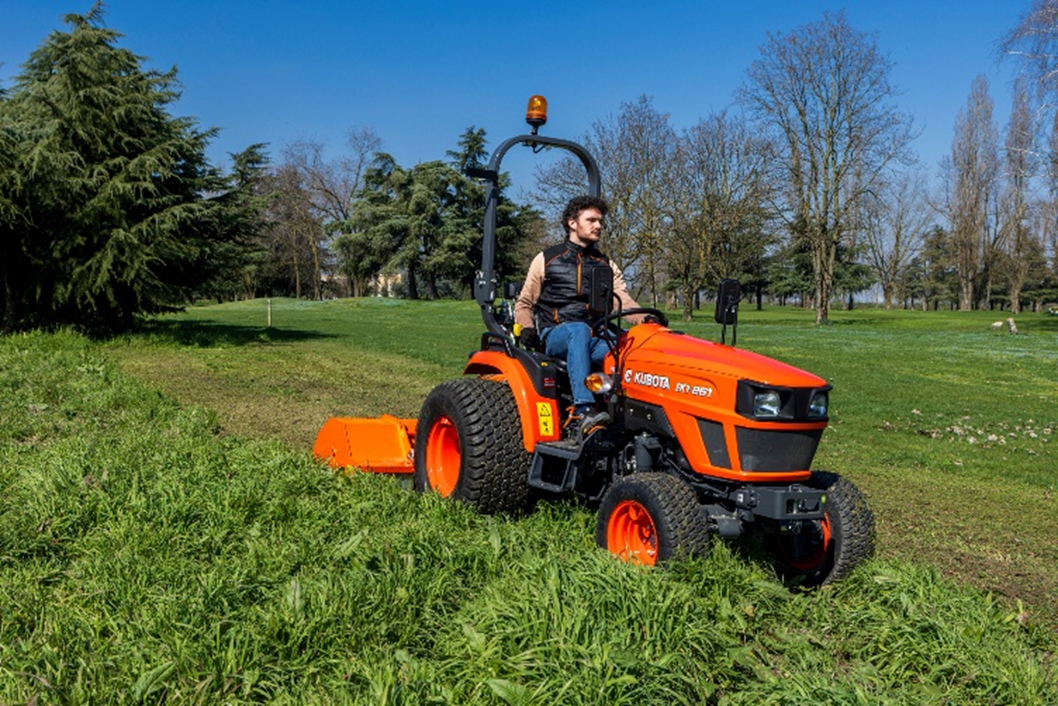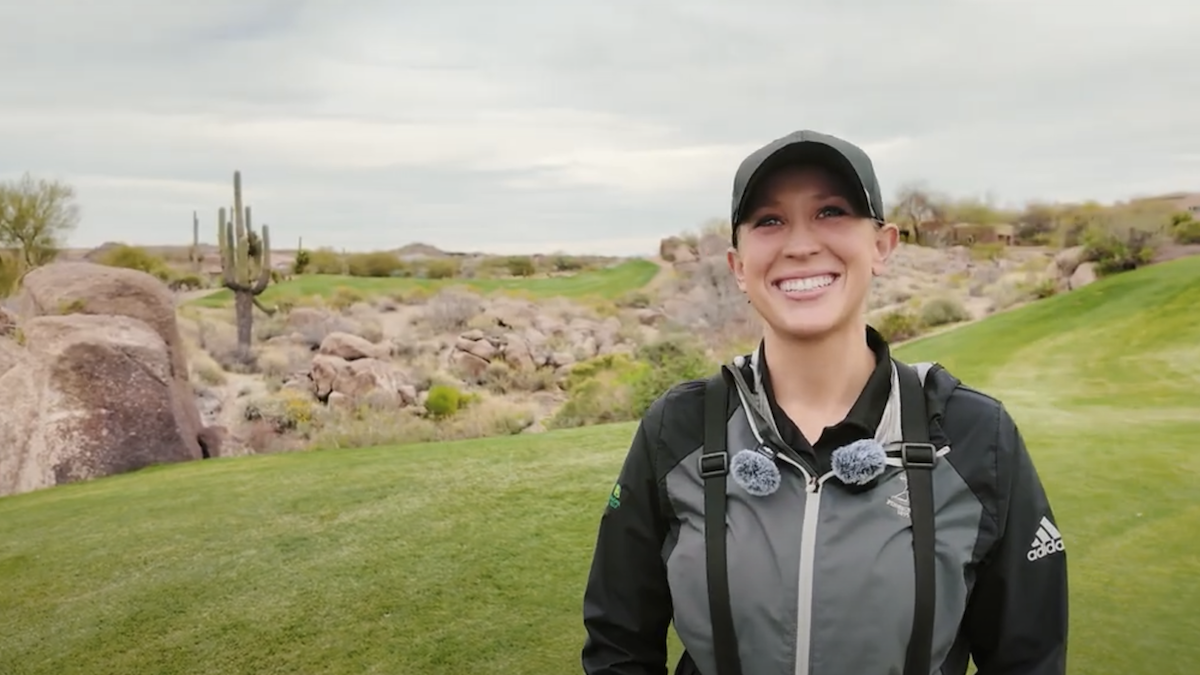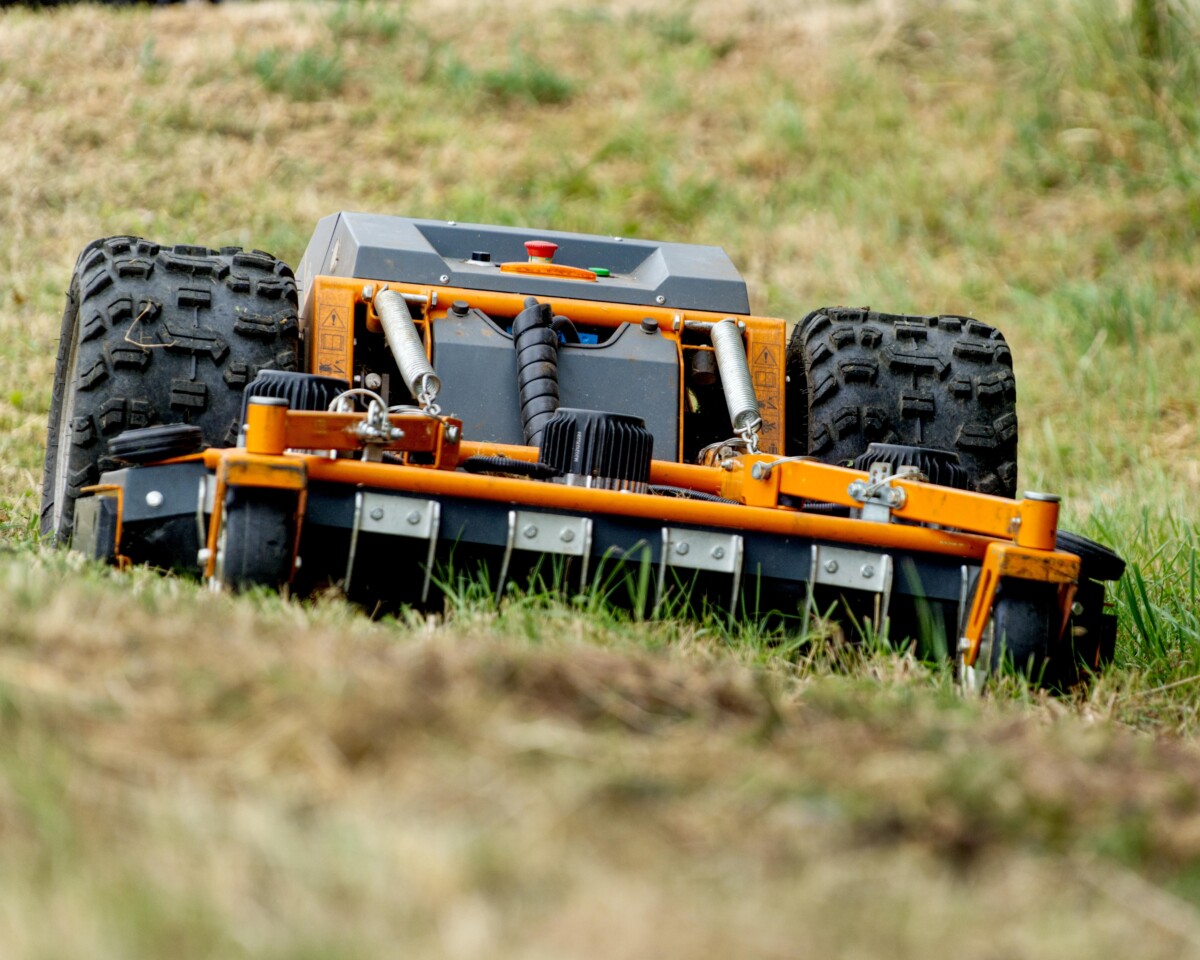Grounds management is vital if we are to get back to play: 2020 will undoubtedly go down in history as the season of no sport. With tournaments cancelled, a nationwide ban on sport, and lockdown meaning everyone has ‘stayed at home’, the turf industry and those within it have been seriously impacted by the coronavirus crisis.
As of this month, Project Restart is beginning to unlock sport at a professional level, and with calls for sport to return as soon as it’s safe to do so, Covid-19 has reminded us how intrinsic these games – and the pitches they’re played on – are to our nation and communities.

Grounds management is vital if we are to get back to play
Despite the important role sport plays at all levels, we are facing a crisis at its very foundation. GMA’s new report and research, Back to Play, has shown that a lack of investment and appreciation for local grass pitches, and those that maintain them, could significantly limit play once sport resumes.
Saving the grassroots game
Many of our favourite sports are heavily dependent on our natural turf pitches, and those that maintain them. But there is potential for a steady decline in both the quality and the number of pitches available. As local authority budgets are tightened and resources are stripped back or limited, we’ll undoubtedly see this accelerated by the pandemic.
In England today, we have around 56,891 rugby union and league, football, and cricket pitches – one pitch for every 984 people. Many of these pitches have been overplayed due to rising demand, resulting in a steady deterioration of existing grounds.
Demand will also likely increase, as access to sports will be crucial to our recovery. We’ve been unable to play, which will have impacted on our physical and mental wellbeing. Our grounds staff will therefore have to manage even more demand, while continuing to create a safe playing environment.
If this trend continues, the number of rugby, cricket and football matches played will be reduced over the next decade. Our report has suggested a fifth of people who play rugby and football will be unable to play every week, and more than half of people who play cricket will see matches reduced, without urgent action.
The ‘new normal’
The Government has announced a return to professional sports (without the fans), and much has been mentioned about the players and staff, whose safety is paramount. However, what isn’t discussed is the restrictions, and the direct impact they will have on the groundstaff teams. Teams will be expected to maintain pre-pandemic standards, with less resources, less budget and with safety protocols restricting what can and cannot be done.
All these aspects will change the nature of working practices. Grounds staff have proven themselves to be an essential service for our sports, seamlessly producing playing surfaces as teams returned to training.
Commercially-driven clubs, who will be desperate to recoup lost revenue as a result of the pandemic, must support the grounds teams in the coming weeks, months, and years.
It’s likely that grounds staff will be asked to produce ‘fit for play’ surfaces with quick turnaround, in a concentrated period – not to mention winter sports playing through summer and summer sports extending into winter months.
We’ve witnessed flooded February, a pandemic, and the driest May on record, so further unexpected weather may well exaserbate the challenges that lie ahead.
For many clubs at all levels, surviving will be challenging. Clubs need support, and while sports bodies have been quick to establish funding, they themselves have been impacted by the pandemic. Sport is part of the fabric of our society, yet our grassroots infrastructure has suffered from decades of under-investment and a lack of focus. While we await the return of recreational sport, when the green light is given, volunteers will be vital in producing playable pitches.
Making more sport possible
With proper investment in our sector, we know the decline can be averted, and sport can continue.
While there are pitch improvement programmes, including the successful ‘Grounds & Natural Turf Investment Programme’ (GaNTIP), more must be done.
If we improved existing grass pitches, almost 1.4 million more children could play rugby or football every week and 489,859 more could play cricket every season. By investing more in grass pitches, those that maintain them, and influencing a new generation of skilled grounds staff, we can reverse this trend, improve our grass pitches, and enable sport to continue.
Getting involved
With our Back to Play campaign, we’re calling for people to join the sector, both as volunteers and professionals, and more resources to improve access to community-level sport.
Our sector is facing a recruitment crisis, and with only 19% of children currently considering a job in grounds management, we must work together as an industry to address this. We know people in our industry love what they do. Over 90% of those working in the sector are satisfied or very satisfied with their job, highlighting high levels of job satisfaction.
We’ve also seen hundreds of thousands of people volunteering to help out in their community, be that through signing up to support the NHS, or helping out an elderly neighbour. It’s vital that this spirit continues once sport resumes.
Matches and training cannot take place without a suitable playing surface. Clubs need great pitches, and they need grounds staff and volunteers to make that possible.
It’s imperative that more sportloving young people enter the profession, creating a new generation of passionate and dedicated grounds managers, and that more volunteers look to support local pitches, even just for a couple of hours a month.
As turf professionals, it’s our job to inspire this younger generation, as well as potential volunteers of all ages, to join us, and work with the wider sporting industry to highlight the important role that grounds staff play. Sport is a cornerstone in our communities, our identities and our lives and we must ensure sport is possible for everyone, wherever and whoever they are.


























